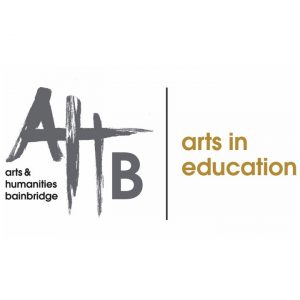Why is arts education important?
Arts education helps students develop Studio Habits of Mind as well as 21st Century Skills. These qualities are vital parts of a complete K-12 education. Research and experience confirm that arts education helps students develop crucial skills like critical thinking, creativity, and collaboration, and that it supports learning in other core subjects. We also
...
View more
Why is arts education important?
Arts education helps students develop Studio Habits of Mind as well as 21st Century Skills. These qualities are vital parts of a complete K-12 education. Research and experience confirm that arts education helps students develop crucial skills like critical thinking, creativity, and collaboration, and that it supports learning in other core subjects. We also know that participation in the arts helps keep students in school.
How does the Arts In Education Program work?
The Program connects teachers and teaching artists and brings hands-on art experiences to island students. Relying on the information found in our Teaching Artist Roster, public school Classroom Teachers invite a Teaching Artist into the classroom to advance student learning through experiences in arts education. Teaching Artists are practicing artistic professionals with the skills and sensibilities of educators. Classroom Teachers collaborate with Teaching Artists to plan Residencies (see the step-by-step guide below). Following each Residency, we gather assessments from the Teaching Artist, the Classroom Teachers, and student participants. Finally, parents of student participants receive a letter of thanks from their child’s Teaching Artist and AHB.
Step-by-step Residency Planning
#1 Classroom Teachers consider their students’ needs and select and contact an appropriate Teaching Artist(s)
#2 Classroom Teachers confirm their Teaching Artist selection with the AIE Program Manager
#3 Teachers and artists collaborate to plan and implement a Teaching Artist Residency
#4 Communicate, assess, and reflect
View less


